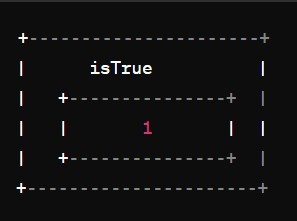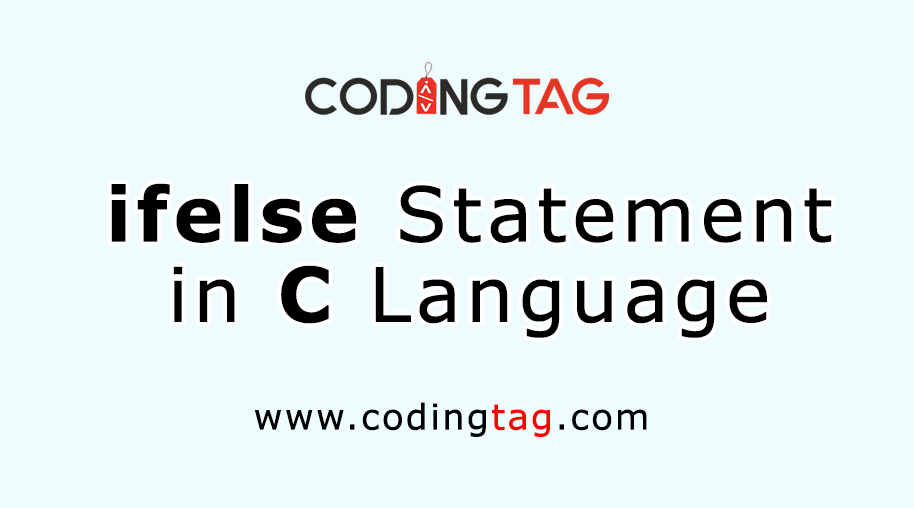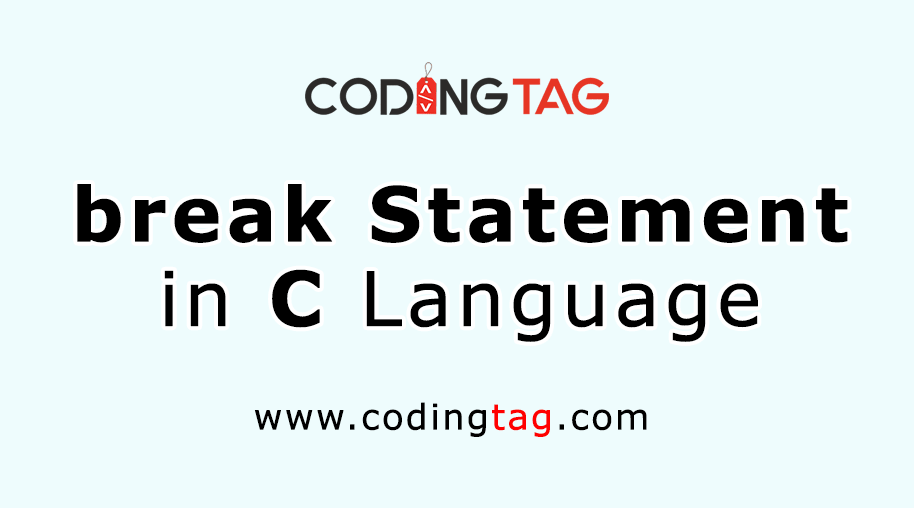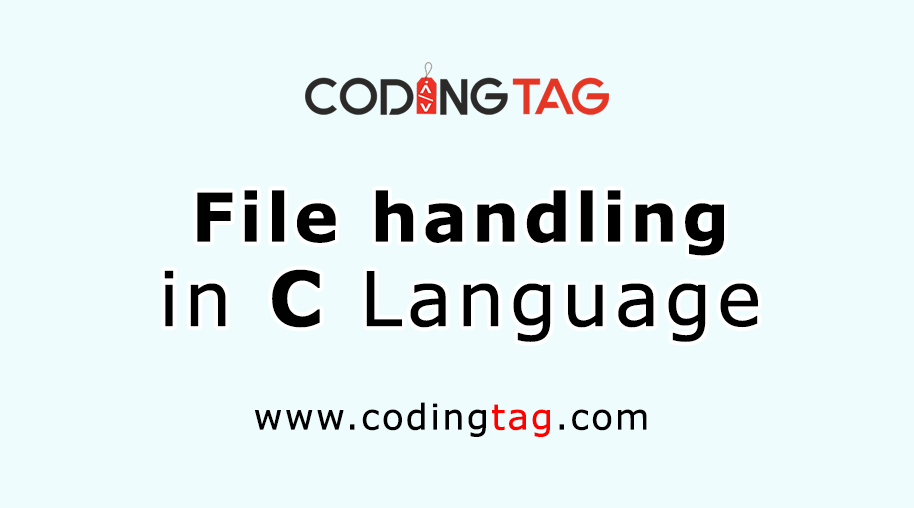Boolean in C Language
0 637
In C language, unlike some other programming languages, there isn't a dedicated "Boolean type" like true or false.
Instead, programmers often utilize integers to signify truth values.
Conventionally, 0 is interpreted as false, while any non-zero value is regarded as true.
This approach simplifies handling conditions and logical operations within the language.
This approach might seem basic, but it's powerful because it allows for efficient use of memory and straight forward manipulation in C programming.
So in easy terms, Boolean in C Language is about using the numbers to represent true or false conditions.
Simple diagram of how Boolean variable works in C

isTrue: This is the name of the Boolean variable.
1: This value inside the variable represents 'true'. In C, 'true' is often represented by the integer value 1.
The box represents the memory location where the variable is stored.
When isTrue is set to 1, it means it represents true, and if it's set to 0, it represents false.
Example:
#include<stdio.h>Output:#include<stdbool.h> int main() { bool isTrue = true; if(isTrue) { printf("The condition is true.\n"); } else { printf("The condition is false.\n"); } return 0; // Moved outside the else block }
The condition is true.
Explanation of code:
stdbool.h introduces the Boolean data type bool, which can take on two values: true or false.
bool isTrue = True;
This line creates a variable called 'isTrue' that represents either true or false, and we set it to true initially.

Share:







Comments
Waiting for your comments